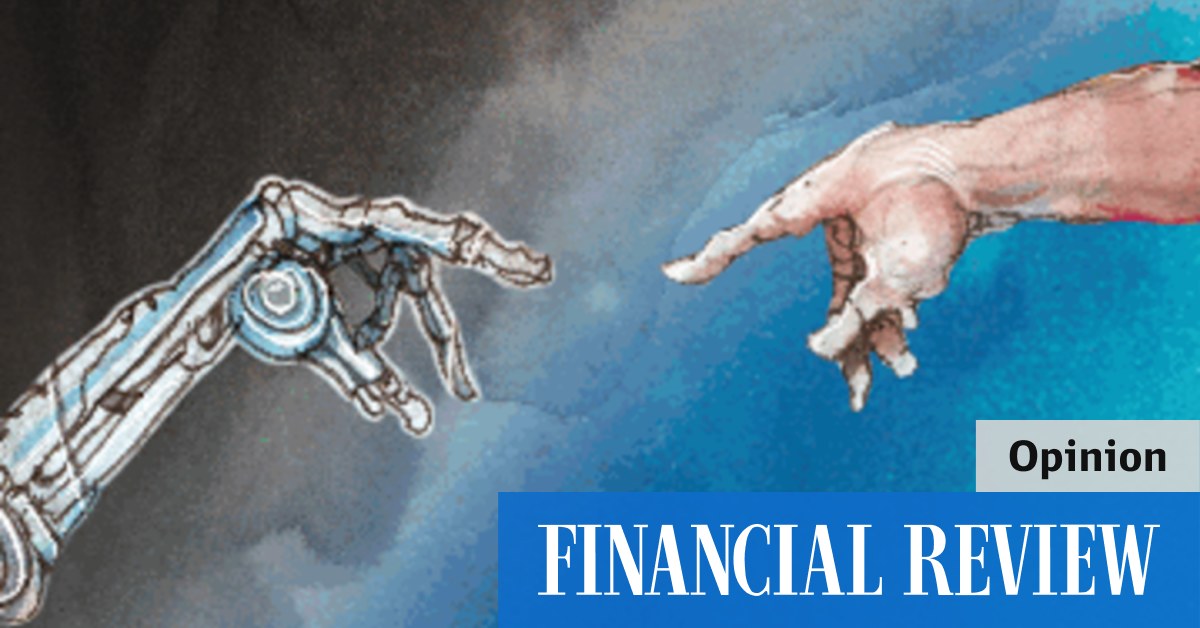AI Job Cuts: Will Automation Trigger 20% Unemployment?
The rapid advancement of artificial intelligence (AI) is transforming industries, sparking widespread debate about its impact on the job market. A chilling prediction circulating is that AI-driven automation could lead to a staggering 20% unemployment rate. While this figure remains highly debated, the potential for significant job displacement is undeniable. This article explores the current landscape, examining the industries most at risk, the potential benefits, and what steps we can take to mitigate the negative consequences.
Industries Facing the Biggest AI Disruption
Several sectors are already experiencing, or are poised for, significant AI-driven job displacement. These include:
- Manufacturing: Robots and automated systems are increasingly replacing human workers in assembly lines and other repetitive tasks. This trend is expected to accelerate, potentially leading to substantial job losses in the manufacturing sector globally.
- Transportation: Self-driving vehicles pose a significant threat to professional drivers, from truckers and taxi drivers to delivery personnel. The autonomous vehicle revolution is still unfolding, but its potential impact on employment is massive.
- Customer Service: AI-powered chatbots and virtual assistants are rapidly taking over routine customer service inquiries, impacting call center jobs and other customer-facing roles.
- Data Entry and Processing: AI algorithms can efficiently process vast quantities of data far faster and more accurately than humans, automating jobs previously reliant on manual data entry.
Beyond Job Losses: The Potential Upsides of AI
While the prospect of widespread job losses is concerning, it's crucial to acknowledge the potential benefits of AI. Automation can:
- Increase Productivity and Efficiency: AI can streamline processes, leading to greater productivity and efficiency across various industries. This can, in turn, lead to economic growth and the creation of new, higher-skilled jobs.
- Improve Workplace Safety: AI can handle dangerous or hazardous tasks, reducing workplace accidents and injuries for human workers.
- Drive Innovation and Economic Growth: AI is a catalyst for innovation, leading to the development of new products, services, and industries. This can create new opportunities and spur economic growth.
Addressing the AI Unemployment Challenge: Mitigation Strategies
The potential for significant job displacement necessitates proactive measures. These include:
- Investing in Education and Retraining: Governments and businesses must invest heavily in education and retraining programs to equip workers with the skills needed for the jobs of the future. This includes focusing on STEM fields and digital literacy.
- Promoting Entrepreneurship and Innovation: Encouraging entrepreneurship and innovation can lead to the creation of new businesses and jobs, offsetting some of the losses in traditional sectors.
- Exploring Universal Basic Income (UBI): The idea of a UBI is gaining traction as a potential solution to address income inequality and provide a safety net for workers displaced by automation. This remains a highly debated topic, but its exploration is crucial.
- Ethical Considerations and Regulation: Developing ethical guidelines and regulations for the development and deployment of AI is essential to ensure responsible innovation and minimize potential harm.
The 20% Unemployment Figure: Fact or Fiction?
The prediction of 20% unemployment due to AI is a highly contested figure. While some experts believe it's a realistic possibility, others argue it's an exaggeration. The actual impact will depend on a multitude of factors, including the pace of technological advancement, government policies, and the adaptability of the workforce. However, the potential for significant disruption is undeniable, and proactive planning is essential.
Conclusion: Preparing for the AI Revolution
The AI revolution is underway, and its impact on the job market will be profound. While the 20% unemployment figure may be debated, the potential for significant job displacement is clear. By investing in education, promoting innovation, and exploring potential safety nets like UBI, we can mitigate the negative consequences and harness the immense potential of AI for economic growth and societal progress. The future of work is changing rapidly, and proactive adaptation is key to navigating this transformative period successfully.
Call to Action: What steps do you think are most crucial to address the challenges and opportunities presented by AI-driven automation? Share your thoughts in the comments below!

